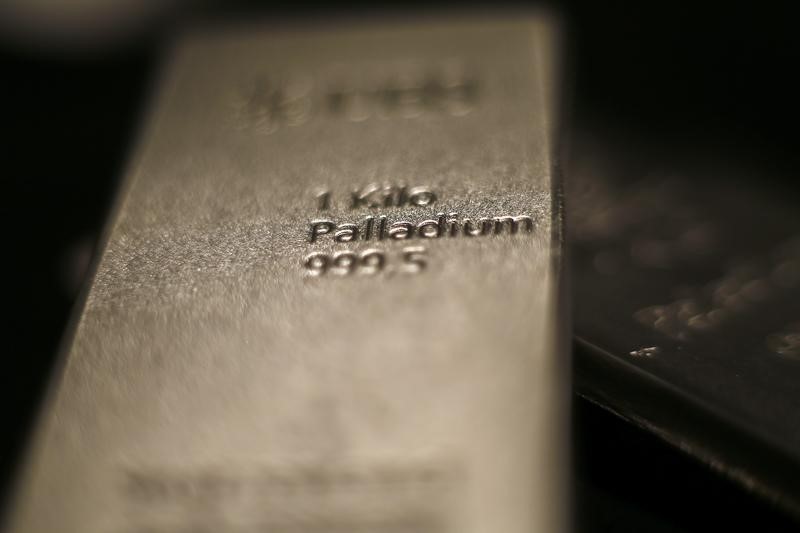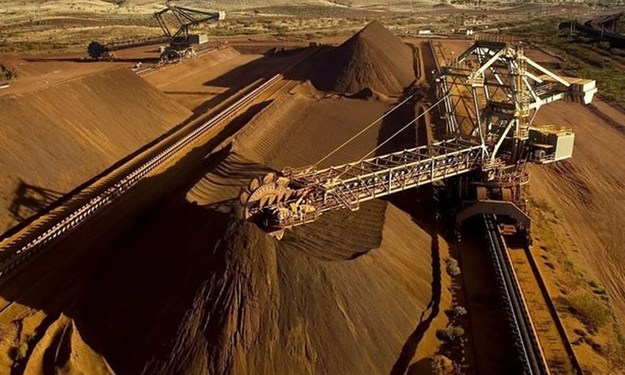 © Reuters. Palladium Bulls Rule as Prices Hit Record on Tight Supply
© Reuters. Palladium Bulls Rule as Prices Hit Record on Tight Supply(Bloomberg) — Palladium bulls are having a party.
The metal used to curb pollution from gasoline-fueled engines climbed to a record in the spot market amid signs of robust demand. In China, Honda Motor Co.’s vehicle sales climbed 16 percent to a record last year. General Motors Co (NYSE:).’s sales in the Asian nation, the company’s biggest retail market, exceeded 4 million units last year for the first time.
Palladium climbed 56 percent in the spot market in 2017, while its counterpart in the futures market beat returns of 33 other most-actively traded commodities tracked by Bloomberg. Supplies of the metal are expected to tighten further. Palladium production will lag behind consumption until at least 2022, Morgan Stanley (NYSE:) analysts said in a Dec. 11 report.
Palladium inventories in warehouses tracked by the New York Mercantile Exchange shrank 25 percent in December, capping a fourth straight annual decline, the longest streak since 2000.
The precious metal for immediate delivery climbed as much as 3.9 percent to $1,128.68 an ounce in New York, surpassing the record $1,125 set 17 years ago, according to Bloomberg generic pricing. Palladium traded at $1,123.48 at 2:46 p.m. in New York. On the Comex, the metal for March delivery settled at $1,105.35, after extending its climb to an all-time high.
“It’s the same supply-and-demand story that’s been driving palladium since last year,” Bob Haberkorn, a senior market strategist RJO Futures in Chicago, said in a telephone interview. “It’s the better outlook for demand, from an industrial standpoint, and the squeeze in supply” that’s making palladium outperform other metals, he said.
(Updates with analyst’s comment in final paragraph.)
Fusion Media or anyone involved with Fusion Media will not accept any liability for loss or damage as a result of reliance on the information including data, quotes, charts and buy/sell signals contained within this website. Please be fully informed regarding the risks and costs associated with trading the financial markets, it is one of the riskiest investment forms possible.
Source: Investing.com


























